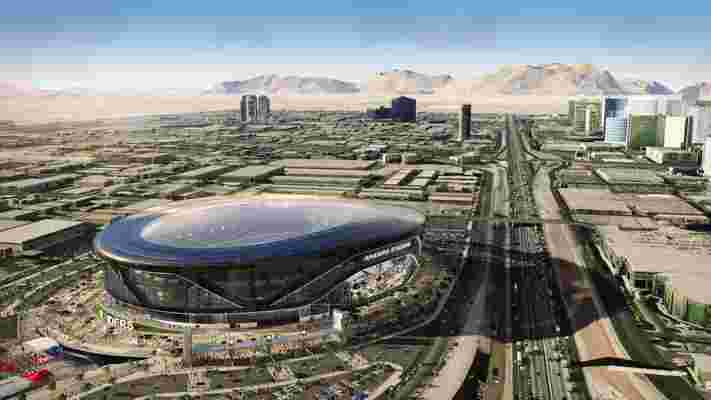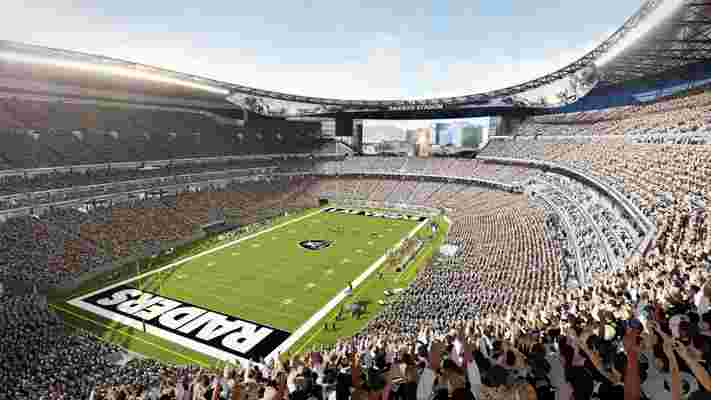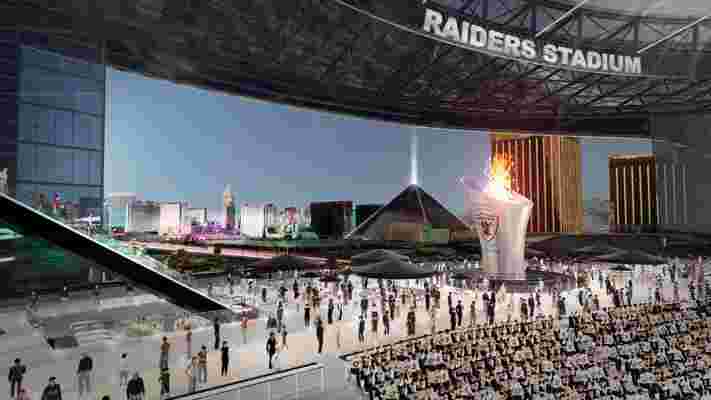The Oakland Raiders's Move to Las Vegas Could Give Them the NFL's Most Innovative Stadium
Earlier today, all 32 NFL owners voted on whether they approved relocating the Oakland Raiders to Las Vegas. The move was green-lit by 31 of the 32 owners, as the head of the Miami Dolphins organization was the only to cast a vote in the negative. Raiders owner Mark Davis required at least 24 of 32 votes to push his proposed deal through. The move will continue a recent trend of team relocations, as the St. Louis Rams and San Diego Chargers both finalized their moves to Los Angeles within the past 15 months.
For Las Vegas, however, the excitement will not only mean the city's first major-league sports franchise but also another form of entertainment for tourists and locals alike. Indeed, Las Vegas will become synonymous with various forms of entertainment, ranging from 24-hour casinos, nightclubs, and fine dining to tailgating and hosting major sporting events (which could one day include World Cup soccer games).

An aerial rendering of the proposed stadium, which would be air-conditioned to ensure fans and players stay comfortable even in the middle of the Nevada desert.
The new stadium has a projected cost of nearly $1.9 billion (with $750 million in public funding). With such funding, the team will have the financial backing to play in one of the most innovative venues in the league. The company tasked with designing the arena is Manica Architecture, a Kansas City–based firm that specializes in the design of international sports venues. Manica Architecture has been a part of numerous projects around the world, including San Francisco's Chase Center (the soon-to-be home of the Golden State Warriors), the Wembley National Stadium in London, and the renovation of the Nou Camp stadium, home to the soccer team FC Barcelona .

The stadium's capacity could be increased by 7,000 seats to house larger events such as the Super Bowl.
The architects' plan includes a sleek, modern athletic venue featuring a horseshoe-shaped seating arrangement and an opening on one end to offer impressive views of Las Vegas’s fabled Strip. The domed structure will include 65,000 seats but will be built to expand and accommodate up to 72,000 for larger events, such as the Super Bowl.

The stadium opens up to spectacular views of Las Vegas.
The arena is currently slated to be completed in advance of the 2020 NFL season.